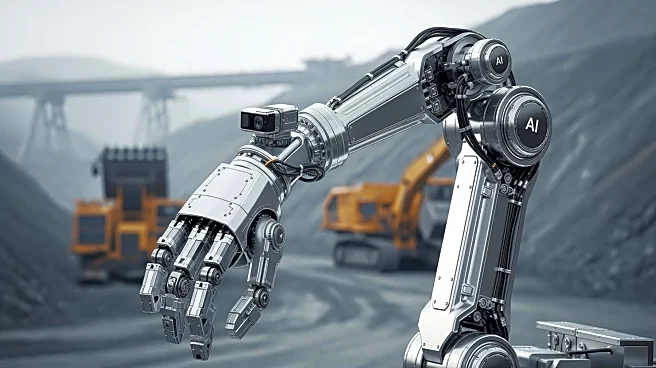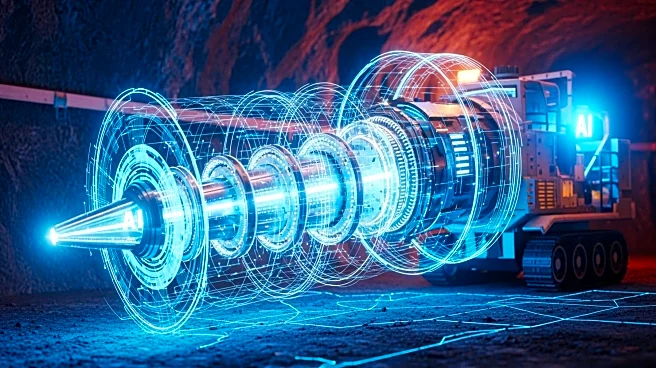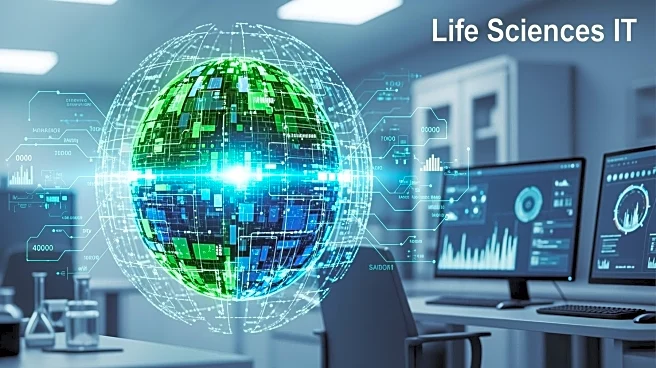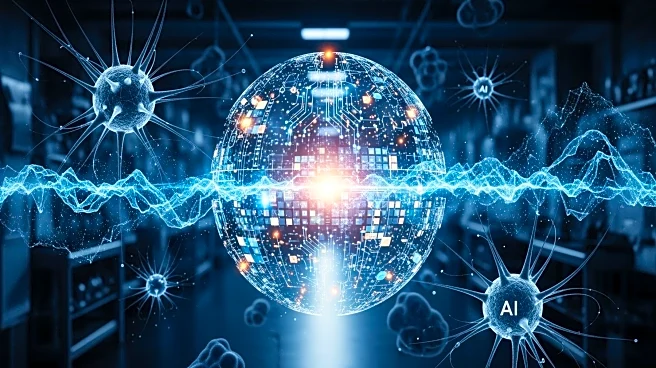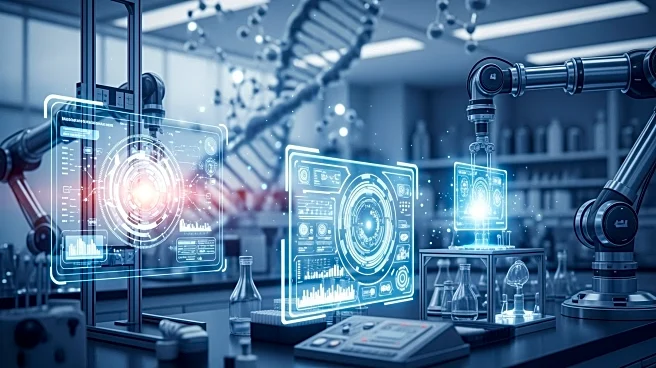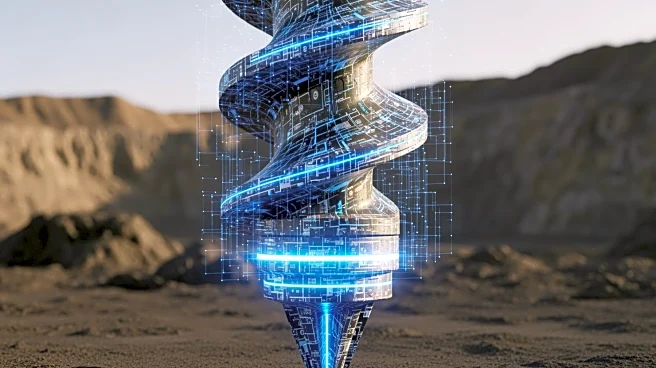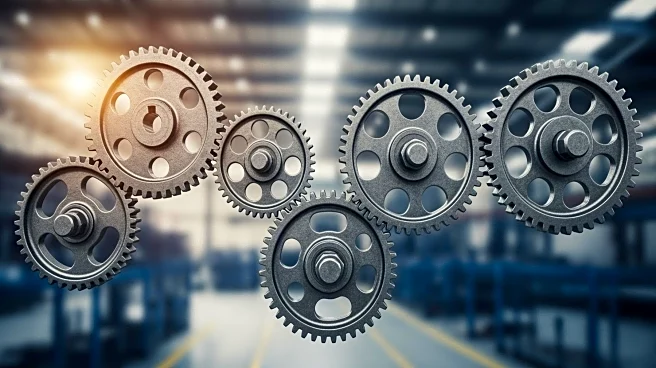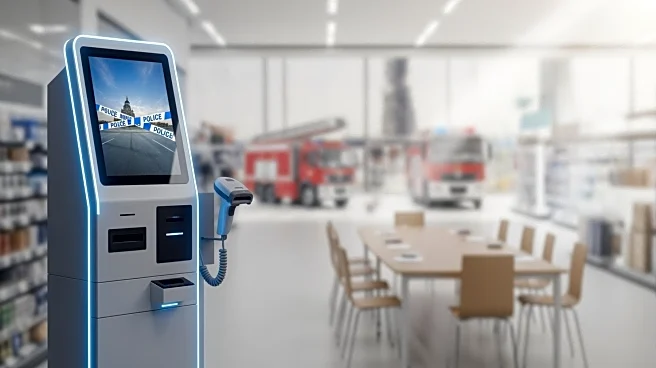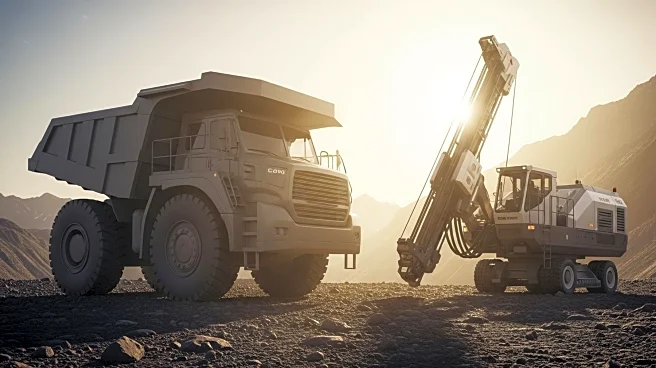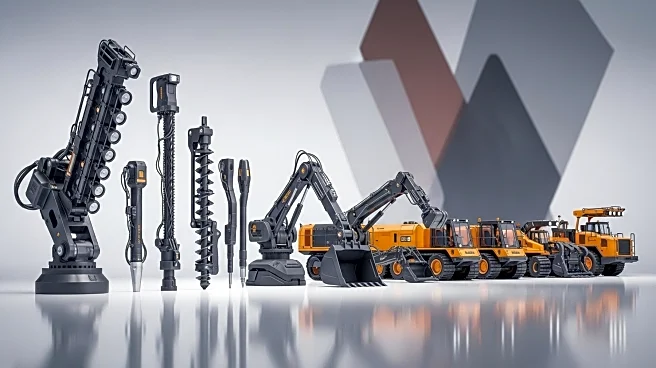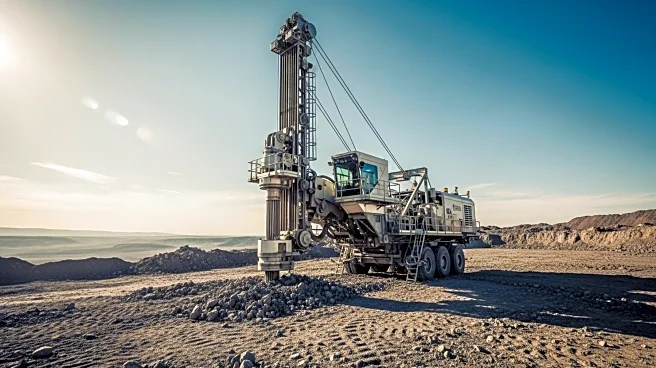What's Happening?
The construction and mining equipment market is projected to grow significantly, with its value expected to reach USD 138.28 billion by 2031, up from USD 95.26 billion in 2024. This growth is largely driven
by the integration of artificial intelligence (AI) and automation technologies, which enhance operational efficiency, precision, and scalability. AI-powered analytics and predictive modeling are enabling companies to optimize operations, reduce waste, and anticipate market trends. Automation is streamlining repetitive processes, minimizing human error, and accelerating production timelines. Key players in the market, such as Caterpillar, Komatsu, and Volvo Construction Equipment, are adopting these technologies to improve their competitive edge.
Why It's Important?
The adoption of AI and automation in the construction and mining equipment sectors is crucial for enhancing safety and reducing environmental impact. AI technologies facilitate the development of autonomous machinery capable of operating in hazardous environments, thereby reducing the risk of accidents and exposure to dangerous conditions for workers. Additionally, AI systems optimize energy consumption and material usage, promoting sustainable practices. This technological shift supports compliance with environmental regulations by monitoring emissions and waste, ensuring operations adhere to ecological standards. The market's growth reflects a broader trend towards digital transformation in heavy industries, which could lead to increased productivity and sustainability.
What's Next?
As AI and automation continue to transform the construction and mining equipment market, companies are likely to invest further in these technologies to maintain their competitive advantage. The market is expected to see increased collaboration between technology providers and equipment manufacturers to develop more advanced solutions. Additionally, regulatory bodies may introduce new standards to ensure the safe and sustainable use of AI-driven machinery. Stakeholders, including industry leaders and policymakers, will need to address challenges related to workforce adaptation and the ethical implications of automation.
Beyond the Headlines
The integration of AI in construction and mining equipment not only enhances operational efficiency but also raises ethical and workforce-related concerns. As machines become more autonomous, there is a potential impact on employment, requiring workers to adapt to new roles and skills. Furthermore, the reliance on AI systems necessitates robust cybersecurity measures to protect against potential threats. The long-term implications of this technological shift could lead to a redefinition of industry standards and practices, emphasizing the need for ongoing dialogue between stakeholders to address these challenges.
